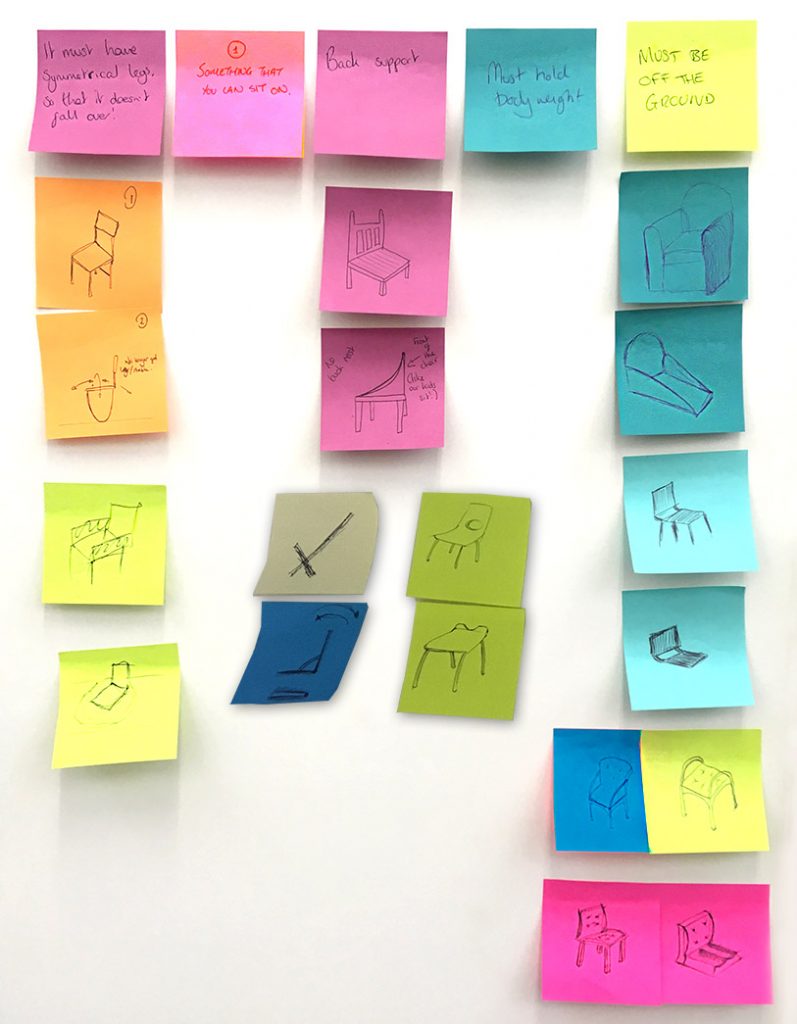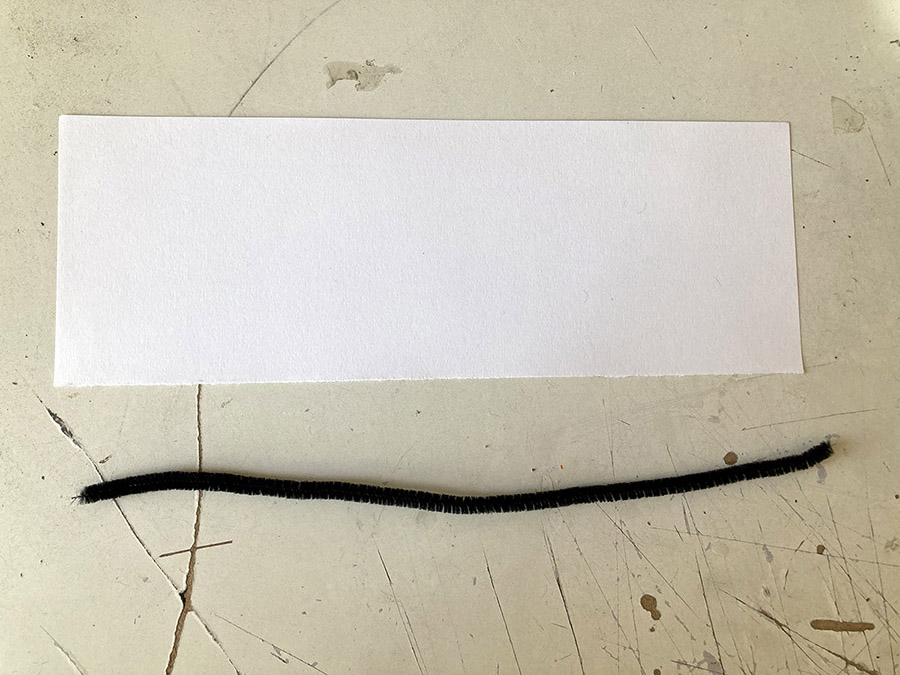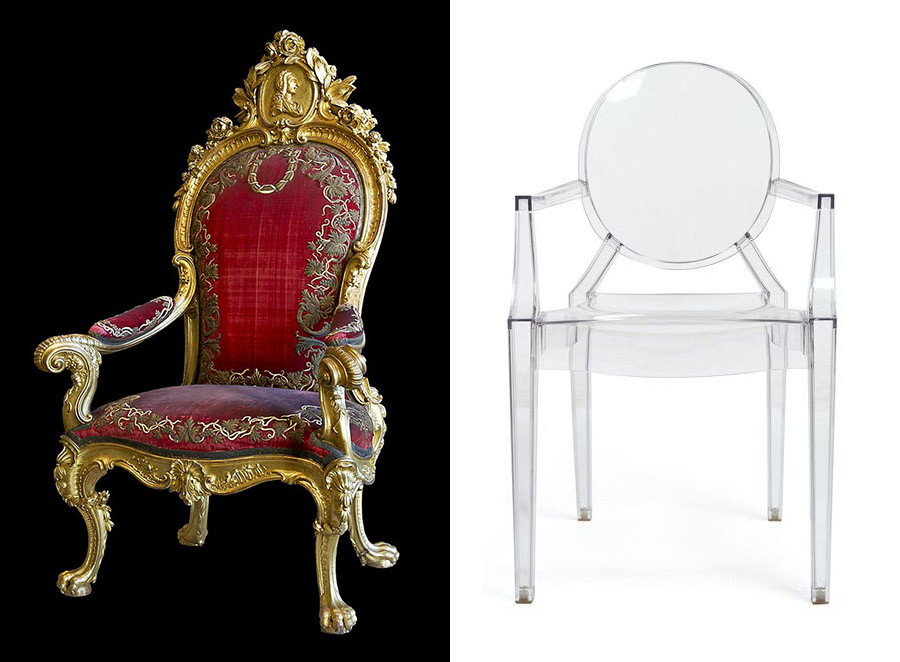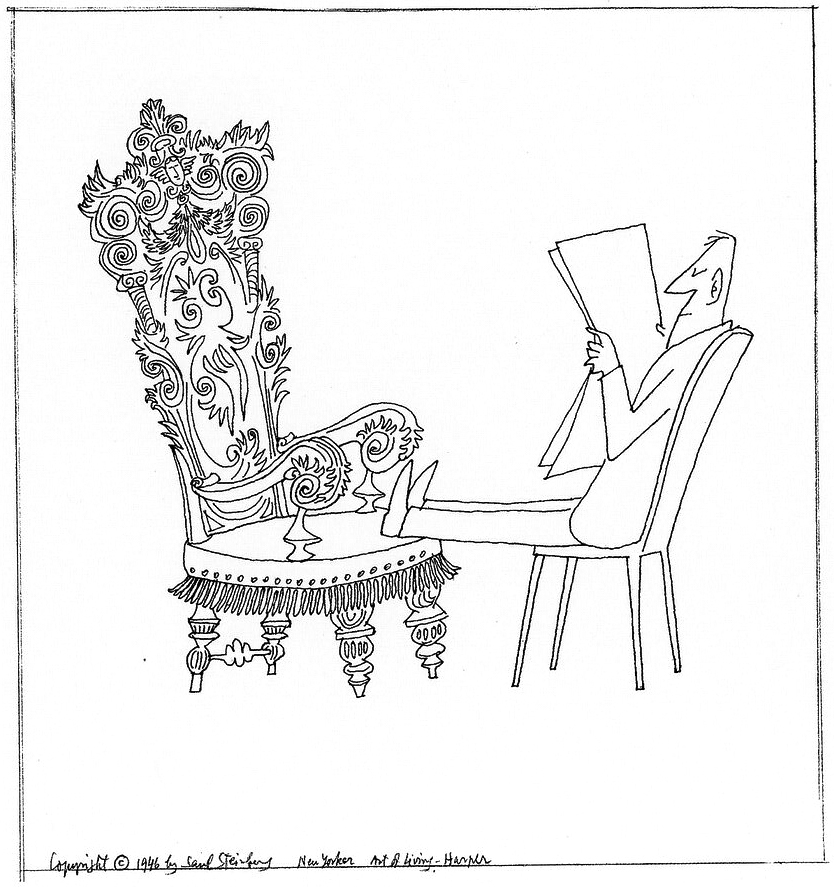“… there is nothing – nothing in the whole world that somebody won’t buy and sit in if you tell him that it’s a chair. It’s the great new art form of our age…” Randall Jarrell, American poet and essayist
In my post A Chair is… I discussed how questioning what a chair is and defining rules that make a chair a chair, are a good introduction to any chair design project. From here, the possibilities – as the Bruno Munari text I quoted demonstrates so well – are endless.
However, ‘everything is possible’ can be a very intimidating starting point for a creative process, especially for young people. Which is why I compiled a series of quick-fire exercises designed to distract students from this initial fear, inviting them to think with their hands, playfully explore form and function, and challenge their ‘chair-conceptions’.
These activities cover three fundamental aspects of design: STRUCTURE – make it stand; MATERIAL – make it from one given material; and MEANING – design it for a specific person. But first, to continue where we left off, let’s Break a Rule.

Remember the chair rules? In this task (pictured above), participants start by drawing a chair, using their drawings as reference to create a set of rules they think define a chair. Each then chooses one rule to break, redesigning their chair to this new specification. The results, which usually range from quirky to viable to completely unusable, demonstrate well how this exercise ‘forces’ a new way of looking at a familiar object, and challenges our tendency to fixate on what we already know.

MATERIAL: Groups work with one material only, and should come up with as many different models of chairs as they can in a given time, without repeating the same design twice. No fixings allowed but they can use scissors to cut and pierce if they wish.
The given material will of course dictate a certain aesthetic language as well as structural properties. Reviewing the results, there are many directions to explore further: Do any of the designs have potential to be developed? What would they look like if made from a different material? What if one additional material could be introduced?


I can guarantee that inadvertently students will come up with at least one form resembling an iconic chair design classic, like these perhaps?


MEANING: How can you convey meaning through the design of an object?
This 17th century throne (left) uses scale, colour, material and motifs to communicate messages of power, superiority and regality suited for King Charles III of Spain, for whom it was made. Philippe Starck’s Louis Ghost chair (right) uses a similar form, yet his choice of material is intended to communicate a very different message.

Give your students a choice of famous figures – from Donald Trump to Greta Thunberg, Stormzy to Wonder Woman – what chair would they design for their chosen figure, and why?
Great to see some of these activities being used by Year 4 students at Rhode Heath Primary School!
Thank you @LeaJagendorf for inspiring us with your ideas: https://t.co/Xs1dFrwFT9 – great activity for schools @UoMSEERIH @LynneBianchi https://t.co/NnuvxBLBTV
— Julie Wiskow (@wiskow_julie) September 4, 2020
